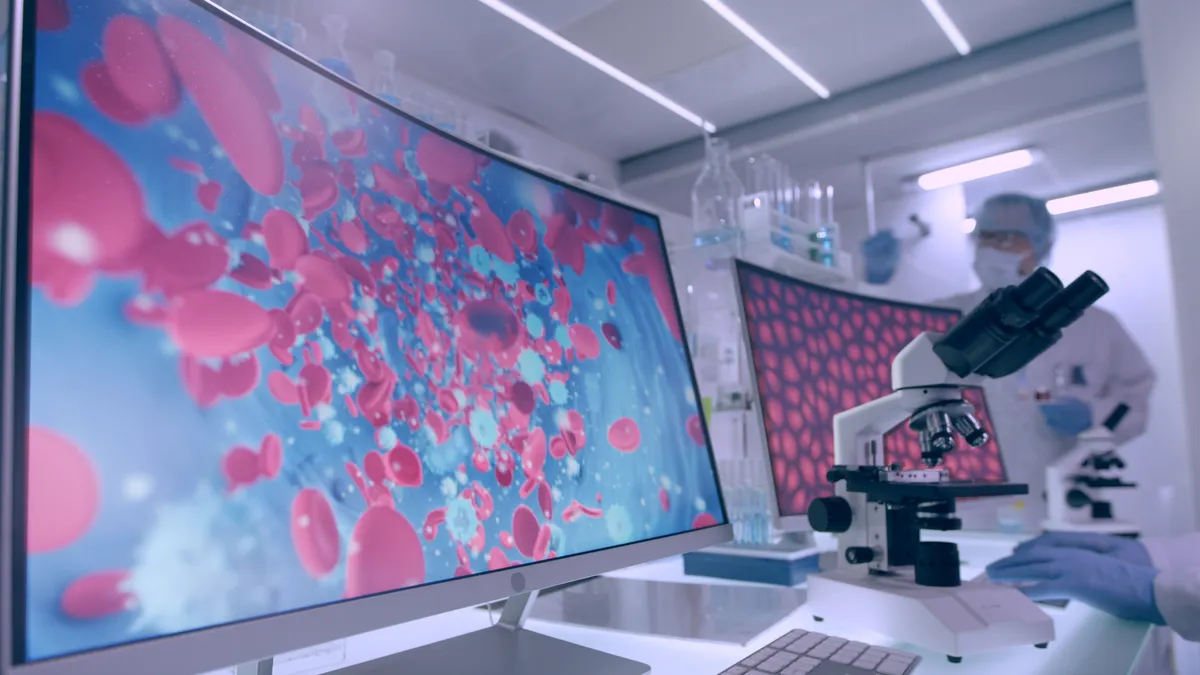28 June 20 08 VIEW on Clinical Operations GLOBAL TRIALS T here’s a new twist on globalization. It’s called “glo calisation” — a combination of thinking globally and acting locally. And, it’s changing how patient recruit ment and retention literature needs to be devel oped. To meet this need, new technologies are needed such as ADapt. ADapt is a Webbased software that rapidly customizes global recruitment and retention materi als at the local level to reflect a country’s culture, language and laws.The technology allows this to be done at a fraction of the time that would normally be required. The Case for “Adaption” Clearly, the clinical trial process is becoming more global. Trials are now being conducted in more countries than ever before. With globalization, however, comes complexity espe cially when developing materials for patient recruitment and retention. Most companies develop recruitment and retention program materials centrally.Then these materials are translat ed and pushed down to all countries involved. The problem with this topdown approach is that it does not take into account varying country needs. Not following the regulations or recognizing the medical nuances of a region can create roadblocks. Such obstacles can add significant time and costs to launching any patient recruitment or retention campaign. But this is not the only issue for global studies.The devel opment of patient materials (study brochures, patient recruit ment advertising, and retention materials) is also encum bered by another process. Materials must undergo a lengthy process of translation, design, and review before even reach ing ethics submission.This process can lead to further delays in actively starting recruitment and retention. While delays negatively impact costs and timelines a delay in the development of campaign materials slows the onset of recruiting the most cost effective patients — those from within the study site’s own patient database. And, for retention campaigns, such a delay means risking patients dropping out right from the point of enrollment. Ideally, retention programs should begin as soon as patients consent. To address these challenges, a “glocalized” approach is essential. “Glocalisation” has two elements: (1) deep local roots: requiring clinical teams to know the culture, customs, regulations, and local medical practices of each country; (2) global operations: making use of efficient and effective global capabilities and technologies. Successful patient recruitment and retention programs must harness both of these ele ments. Other Marketplace Trends To further add to the complexity of “glocalisation” of recruitment and retention materials, is the need to view patients as individual customers. This is due to regulatory pressure for study protocols to examine different subsets of patients and this means getting closer to the “customer” in all dimensions. Furthermore, as clinical studies become more focused on different types of patient populations, the terms “personalized medicine,” “individualized treatment,” “targeted medicine,” and “special populations” take on a new meaning for patient recruitment and retention as information to patients becomes more individualized. An “Adaption” Overview A technology that facilitates recruitmentretention “glocal isation” has farreaching benefits for sponsors conducting clini cal trials in both mature and emerging clinical trials markets. Speed to implementing a patient recruitmentretention cam paign is of the essence and delivering customized recruitment MediciGlobal The “Glocalisation” of Patient Recruitment & Retention Elizabeth Moench President and CEO Patient recruitment and retention are more successful when companies think globally and take action locally — also known as “glocalisation.” 0608 pvv layout FINAL 5/29/08 11:44 PM Page 28 29 VIEW on Clinical Operations June 20 08 GLOBAL TRIALS and retention materials to meet each country’s needs is essen tial.This is what makes a Webbased technology necessary. Using modern Web technologies that fuse powerful database publishing capabilities together with customized graphic design templates, companies can easily and efficiently deliver “glocalized” recruitment and retention materials for patients, by integrating local language, knowledge, and culture. Using the Web, country representatives and study sites can access the system to become involved directly in “glocalizing” recruitment and retention materials. This gives country clini cal teams a sense of real ownership, which in turn increases the likelihood of the materials being used since they are cus tomized to the needs of local patients. Consider a country such as India, for example, where multiple languages and dialects are spoken. Technology makes the development of materials easy and affordable and in record time. Furthermore, future versions will offer ondemand print ing and ordering of ethics approved materials by specific countries and study sites. This means only the necessary quantities are produced and waste is minimized, customiza tion increases, and production time is speeded up.As a result, project management time is reduced significantly since the technology replaces the cumbersome labor intensive tradi tional process with a secure, streamlined decentralized one. This process enables highquality materials to be available to even the smallest of patient populations — no matter their geographic distribution or the number of languages involved — at an affordable price. Affordability of recruitment and retention materials for small niche study populations is now feasible. In these populations, cost of materials development can be prohibitive and speed is critical. This is particularly important for sponsors with the regulatory interest in adap tive clinical trials. Improved Productivity While speed, quality, and cost are the most obvious ben efits of this technology, improved global management of patient materials allows companies to track the development on a country by country basis. This means that it is possible to track in realtime materials as they move from design, translation, ethics, and revisions to final production, and dis tribution. Recruitment productivity is significantly increased by get ting the necessary materials into the hands of patients more quickly. For example, recruitment productivity can be enhanced per country by a minimum of four weeks. For a 20 country study, this means an overall 80 additional weeks of recruitment productivity can be realized. Additionally, for patient retention, the faster materials are developed and the program is implemented, the greater the opportunity of retaining more patients in the study from the outset. Think Global…Adapt Local…To Better Serve Patients Worldwide Time and cost savings are just two performance mea sures that “glocalized” recruitmentretention materials bring to the development process. Other measures of success include increased productivi ty and the rapid adoption and use of locally customized patient materials in each country. By using a “global” technology, clinical study teams can think globally and adapt locally, which sponsors will increas ingly appreciate. This approach also acknowledges that patients in every country have a right to information that is tailored to their culture, customs and language. Patients can now have the resources they need and at the time they need it, in order to decide whether to participate in a clini cal study. # MEDICIGLOBAL, King of Prussia, provides a range of clinical trials marketing services required to deliver precise strategies with the inherent flexibility necessary to achieve patient recruitment and patient retention milestones. For more information, please visit mediciglobal.com. To access a Free Videocast on “Glocalisation” featuring Amanda Decoker of MediciGlobal go to pharmavoice.com/videocasts. # Top five pharmaceutical company # 62 research centers # 18 countries and 27 languages # A limitedrare population of 150 pediatric patients # Scope: Nine pediatric retention activity booklets by country/language # Using the traditional method, production of nine booklets in 27 different languages would require manual design of 243 different booklets # Traditional manual processes would have made the project cost prohibitive. Results: Within two weeks of initiation nearly 70% of countries had submitted already “glocalized” materials to ethics. Case Study: Global Pediatric Study 0608 pvv layout FINAL 5/29/08 11:44 PM Page 29
An article from


The "Glocalisation" of Patient Recruitment & Retention
Filed Under:
Research & Development









